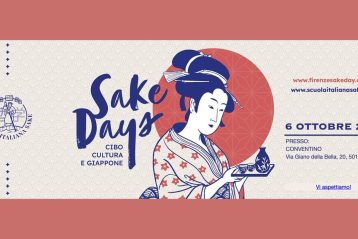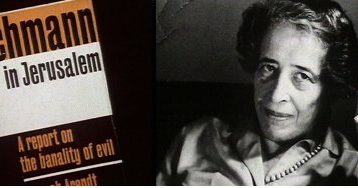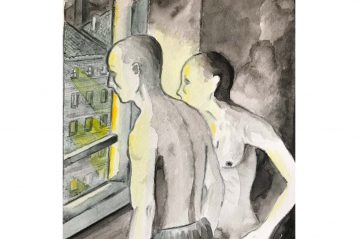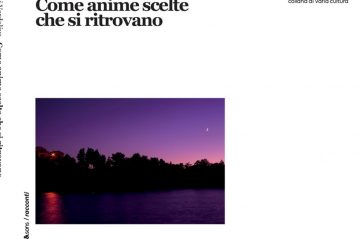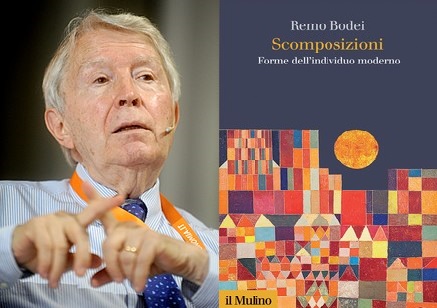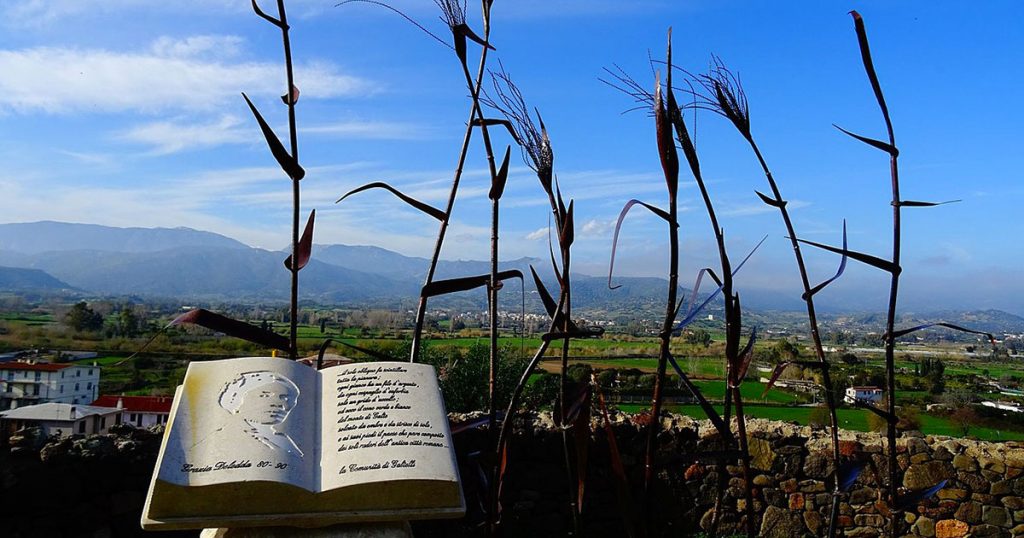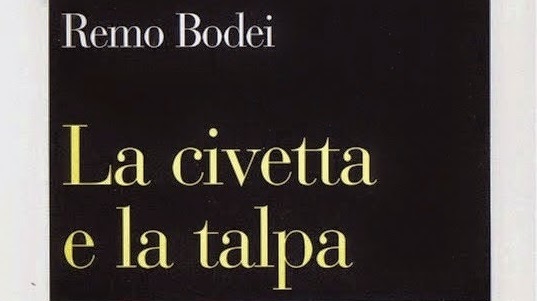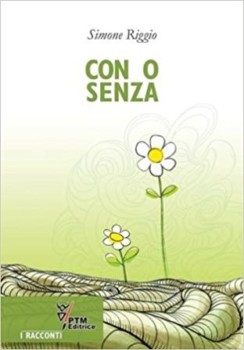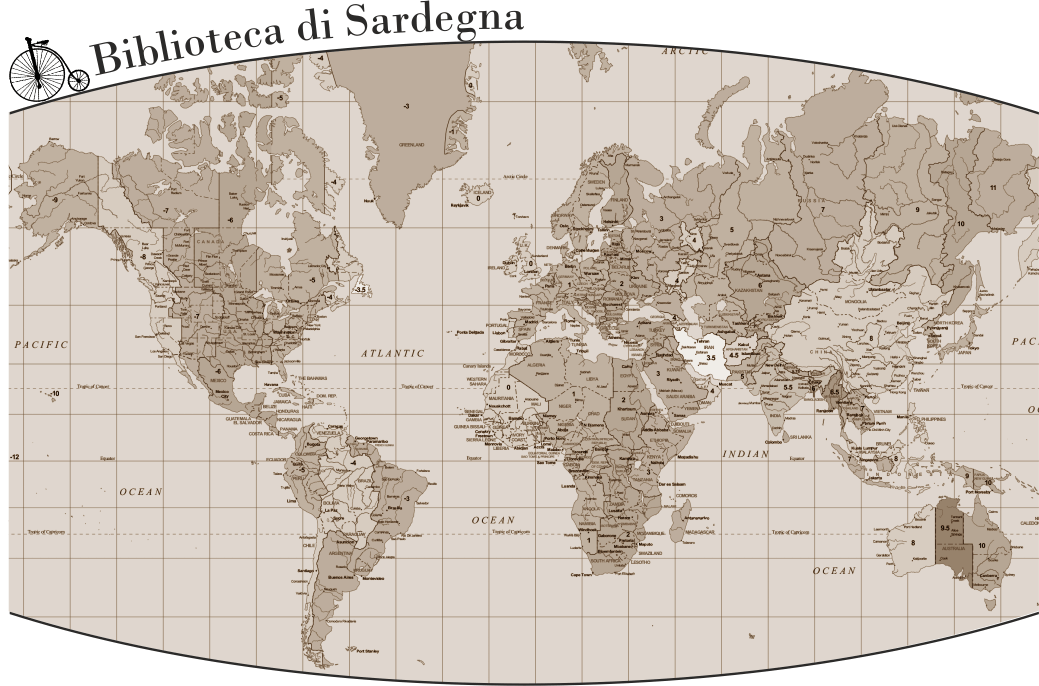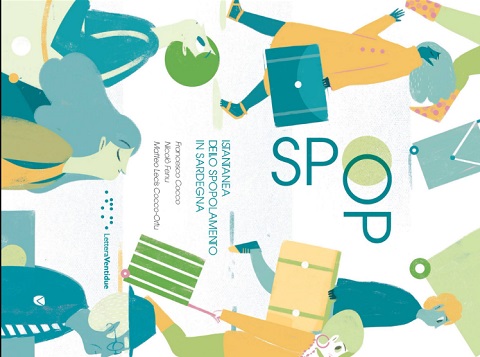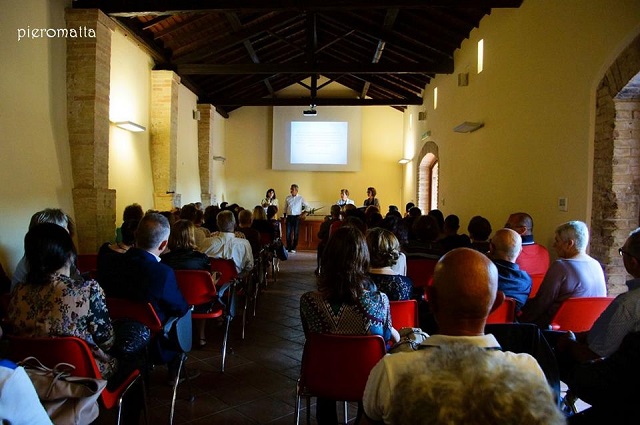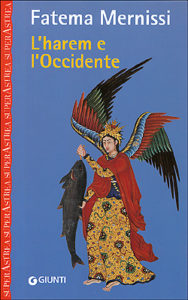
The complex subject of this month invites one to a careful revision of the volume published by Giunti in 2000 (last published in 2006) “L’Harem e l’Occidente” (original title: Scheherazade goes West or The European Harem) by Fatema Mernissi, the Moroccan writer whom once more plays the erudite observer of the historical and cultural perspective of “the south bank”; above all, she highlights remarkably the clear differences between the way of imaginary representation and poor exploration typical of the western world (this intended in its geographical-political entirety) and the intrinsic reality of those who live it from the inside.
The crucial point of the argument by the sociologist from Rabat is the concept of harem, mistakenly “associated with fun and hilarity”1, so falsely represented because the very root of the Arabic name clarifies its meaning. Violation of the boundaries of the harem, which is legally forbidden and therefore implies interdiction, prohibition and inaccessibility, outside the cultural boundary is represented instead as something filled with exoticism and charm “where sex is free of all anxiety”2. Here we see unravel the interested investigation of those authors and artists who have praised and painted the forbidden as pleasant, slavery as walled-up happiness, the poor tendency to nudity and eroticism.
Visions and artistic interpretations strangely embedding these characteristics, common to paintings by Ingress,Matisse,Delacroix or Picasso which remind of women devoid of morality and always ready to satisfy every possible requirement of the male applicant.
Mernissi enlightens our reader’s minds by stating that “…harems are places densely populated, where everybody controls everybody else, where privacy is in fact impossible…As far as married women are concerned, sexual gratification is a remote possibility since they have to share their man with hundreds of frustrated ‘colleagues’. Coldly considering the situation, the pornographic paradise appears a totally senseless expectation in a Muslim harem”3. So, if these were places of reclusion devoid of sensuality and sexuality, by definition closed and interdicted to men, where anger and frustration existed in equal measures, why then did those established Western artists take pleasure in representing them as they did, so contrary to reality? Even the dancing and provocative representation of Scheherazade in Arabian Nights , seen during a stay in Germany, is only a bad copy of the value of the original character, since this legendary and mythological figure supposedly constructed her web on intellectual and cerebral challenge to obtain the pardon of the Persian king Shahriyar (….Scheherazade lackedthe most potent erotic weapon a woman may own, the nutq, the ability to translate thought into language and to penetrate the mind of a man by administering accurately selected terms”4).
According to the writer, the crux of the argument revolves around the concept of fear:
on one hand Muslim men are afraid of women and therefore they have turned (and still do today) to every means to keep them prisoners; on the other hand, the men from the other bank play at describing and representing a woman undressed of her soul, bereft of own intellectual characteristics and transformed into an object easily manipulated, malleable and that inspires no fear. Mernissi ventures a comparison between a work by Kant (Observations on the sentiment of the Beautiful and the Sublime) and the harem of Harun al-Rashid, fifth Abbasid caliph of Islam (786-809 AD). “According to Kant, the brain of a normal woman is programmed for gentle work. Therefore, she needs to set aside abstract speculations or useful but dry notions and leave them to the men…Laborious learning and tiresome brain workings use up the qualities that are a birthright of her gender”.5
Here then the message of the German philosopher “is fundamental: the feminine is Beautiful, the masculine is Sublime. Sublime is, obviously, the ability to think, to elevate oneself above animals and minerals….A woman who dares to be intelligent is immediately punished: she becomes unattractive…As opposed to caliphs like Harun al-Rashid who confused beauty with refined culture and paid exorbitant sums to include brilliant giariya6 in their harem…”7.
Several fables and legends on the character of the Abbasid caliph have gone round in the East and the Arabic world. Still today, he is considered an intelligent ruler and a skilful strategist but, above all, a careful planner of pleasure-time, for the purpose of which he gathered women learned in the arts, literature and philosophy.
Hence we have a split between these two ways of understanding and representing which in the centuries to follow have not changed, suffice to think how the “odalisque” Turkish woman was symbolized in the West in the context of the Turkish “Kemalist secular revolution” or think of the constant vision of the veiled Iranian woman after the Ayatollah seizure to power. Nevertheless, says Mernissi, there were other ways of understanding these rebellions, ways represented in “other” magazines depicting women at university, educated women, women who strove to give prominence to their qualities to escape chauvinistic repression.
Stubbornness as a quality, mere beauty as a reason to build a new harem, what the writer calls “the tyranny of size 42”8, a modern form of reclusion based on the appearance of timeless beauty to the detriment of intelligence. Through this powerful weapon, man attempts to respond to the increased ability of the woman to occupy public soil and to establish herself professionally by enclosing the feminine in a binding obligation.
“All of a sudden, the mystery of the European harem made sense. To frame youth as beauty and to condemn maturity is the weapon used in this part of the world. Time is used against women in New York in the same way as space is used in Tehran by the Iranian ayatollahs: to make women feel unwelcome and inadequate. The objective is identical in both cultures: Western women who use up time, gain experience with age and mature are declared unattractive by the fashion prophets just like the Iranian women who take up public soil”9.
1. F. Mernissi, ”L’Harem e L’Occidente”,Giunti Ed., p. 15-16
2. op. cit. p.16
3. op. cit. p.20
4. op. cit. p.35
5. op. cit. p.78
6. Harem slave
7. op. cit. p.78-79
8. op. cit. p.177
9. op. cit. p.175





















